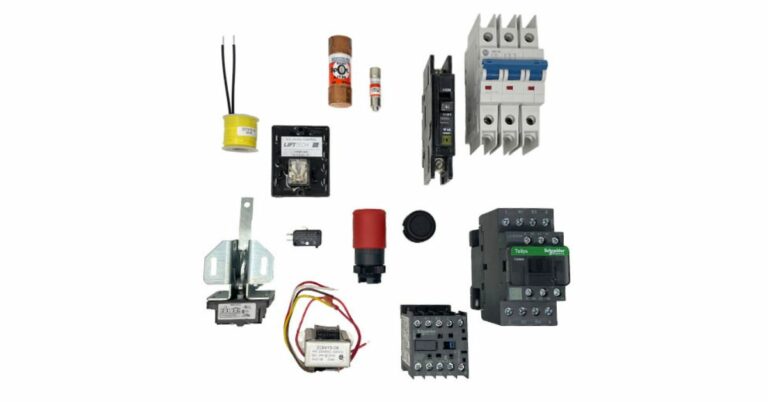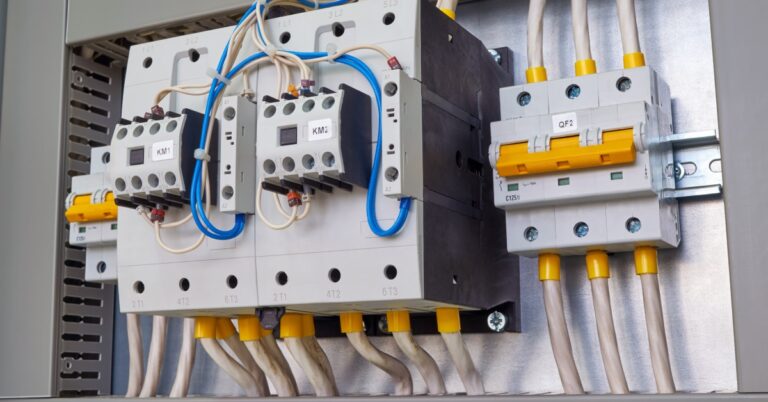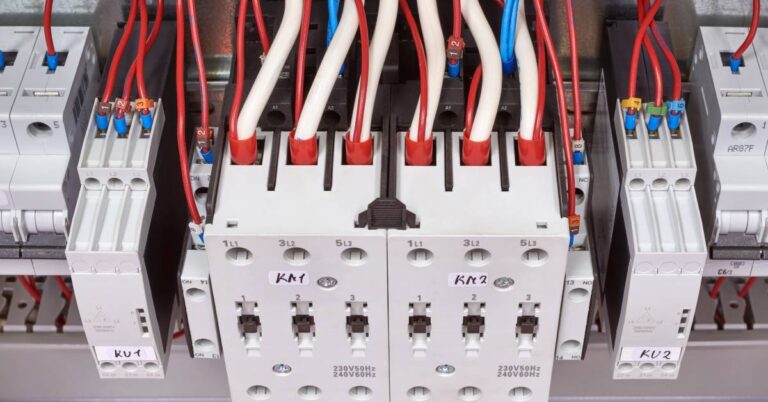Different Types of Electrical Relays and Their Applications
Whether you operate a small business or work in a large industrial setting, you likely use electrical relays in some capacity. These devices help to control the flow of electricity and protect your equipment from damage.
There are many different types of electrical relays available on the market, including electromechanical, solid state, and thermal relays. Since each type of relay serves a different purpose, you should understand their unique functions and applications. This knowledge can help you choose the right type of relay for your electrical system.
Electromechanical Relays
Electromechanical relays, also known as mechanical relays, use a physical mechanism to switch the electrical circuit on and off. They consist of a coil, armature, and contacts that open or close depending on the flow of current through the coil.
When there’s no current flowing through the coil, a spring pulls the armature down and opens the contacts, breaking the circuit. When current flows through the coil, it creates an electromagnetic field that attracts the armature and closes the contacts to complete the circuit.
Electromechanical relays are commonly used in low voltage applications such as home appliances, automotive systems, and control panels. They’re reliable and have a long lifespan due to their simple design. However, they can be slower compared to other types of relays and may produce noise when switching on or off.
Solid State Relays
Solid state relays (SSR) use semiconductors, such as transistors or thyristors, to switch the electrical circuit on and off. Unlike electromechanical relays, SSRs have no moving parts, which makes them faster and more reliable. They also produce less noise and can handle larger electrical loads.
You use SSRs in applications that require precise control, such as in industrial automation systems and medical equipment. They can handle high voltage and current levels without the risk of arcing or sparking, providing a safer option for controlling power circuits. However, they may have a shorter lifespan compared to electromechanical relays due to the wear and tear on their internal components caused by frequent switching.
Thermal Relays
Thermal relays, also known as overload relays, protect electrical circuits from overloads or excessive current flow. They use a bimetallic strip that expands when heated by current flow, causing it to bend and open the contacts of the relay. This breaks the circuit and prevents damage to the equipment.
Thermal relays are commonly used in high voltage applications, such as industrial motors and generators. They’re an essential safety feature for these systems. They provide protection against overloading, which can lead to overheating and potential hazards. However, they may not be suitable for precise control since their tripping point is dependent on temperature fluctuations.
If you want to control the flow of electricity in your system, you need an electrical relay. Depending on your application, you may choose from electromechanical, solid state, or thermal relays. Understanding the different types of relays and their applications can help you choose the best option for your electrical system.
At Tanooga, we sell all types of electrical relays. Our high-quality, reliable products come in different brands, sizes, and voltages, and are suitable for a wide range of applications, from home appliances to industrial equipment. Explore our range to find a relay that fits your requirements.







